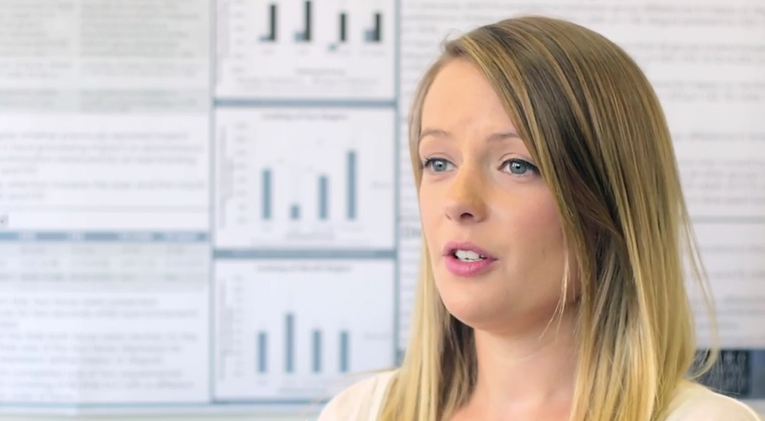Social Anxiety in Cornelia de Lange Syndrome
Evidence suggests there is heightened probability of shyness, social anxiety (worry) and selective mutism in Cornelia de Lange syndrome in comparison to other syndrome groups with a similar level of disability.
Shyness and selective mutism
You can hear parents' accounts of these difficulties in the following video:
The American Psychiatric Association (APA) describes selective mutism as a “consistent failure to speak in specific social situations (in which there is an expectation for speaking, e.g., at school) despite speaking in other situations”. This failure to speak must last for at least one month, have an impact on achievement at school or work or affect social communication. The onset of selective mutism typically occurs before five years of age and for some it may only last a few months, whilst for others, it can persist for a number of years.
How often does selective mutism occur in Cornelia de Lange syndrome?
In a recent research study at the University of Birmingham, individuals with Cornelia de Lange syndrome group showed similar levels of sociability to individuals with Autism Spectrum Disorder (ASD) in unfamiliar social situations. People with ASD typically have difficulties with social interaction. Parents and carers reported significantly more shyness in individuals with Cornelia de Lange syndrome in unfamiliar social situations when compared to three other genetic syndromes (Angelman, Down and Rubinstein-Taybi syndromes).
Extreme shyness appeared characteristic of individuals with Cornelia de Lange syndrome with between one and three children out of 10 showing extreme shyness in four unfamiliar situations. 4 out of 10 children in the Cornelia de Lange syndrome group were selectively mute.
In contrast, in children without a genetic syndrome or intellectual disability, selective mutism is fairly rare in comparison to other childhood disorders; prevalence rates are between .03% and 2%.
Are shyness and selective mutism related to age?
Individuals with Cornelia de Lange syndrome aged between 12-18 years were reported to initiate social interaction less frequently with unfamiliar people than the under 12 years age group.
The results suggest a change in the age-related pattern of sociability with unfamiliar individuals in Cornelia de Lange syndrome. Further investigations are needed to understand the unusually high prevalence of selective mutism in Cornelia de Lange syndrome.
A recent research study conducted by Hayley Crawford at the University of Birmingham looked at social impairment in individuals with fragile X, Cornelia de Lange, and Rubinstein-Taybi syndrome. To read more about this project click here.




